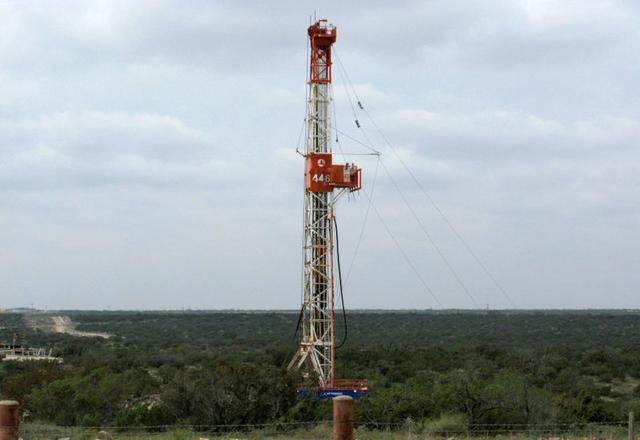DENVER – U.S. frackers have been bringing back equipment to boost production even with oil prices languishing around $40 a barrel, tapping into a backlog of drilled wells left uncompleted (DUCs) when oil prices crashed in the spring.

Oil producers halted expensive fracking operations when prices cratered on pandemic-related shutdowns and a price war. Among the first wells to be tapped when prices rebounded were those that had been drilled but not completed.
Because of the industry’s struggles, companies can hire service crews at a lower cost to finish those wells. U.S. production has rebounded, and any growth in coming months would likely result from completing wells, not drilling new ones.
The number of active hydraulic fracturing fleets has climbed by nearly 50% since mid-September to 127, according to data from consultancy Primary Vision, outpacing a roughly 17% jump in the number of active drilling rigs over that same period of time. That count stands at 296.
As of September, U.S. shale regions had nearly 7,600 drilled-but-uncompleted wells, according to U.S. Energy Department figures, down from roughly 8,200 a year earlier. Last year producers drilled many wells but did not complete them.
On Thursday, U.S. oil prices CLc1 were around $38.53 a barrel, below profitable levels in some U.S. producing basins. Still, hydraulic fracturing equipment is headed back to the field as producers try to deal with swift declines in shale well production, which the U.S. Energy Information Administration expects to fall to 7.7 million barrels per day in November from 9.2 million bpd in February.
Fracking was the first thing to get shut down when oil prices collapsed because it is the most expensive part of drilling and completing a well, said Andy Hendricks, chief executive officer of driller Patterson-UTI Energy PTEN.O. When prices rose, operators brought back frack crews to complete wells that were drilled, accounting for a big bump in activity.
The companies that specialize in well completions, like ProPetro Holding Corp PUMP.N and Liberty Oilfield Services LBRT.N, have said they are adding back workers.
“Oil focused operators and basins are trying to manage decline curves,” said Matt Johnson, chief executive of Primary Vision.
U.S. producers added as many as 1,200 DUCs in May, according to analysis from consultancy Enverus, but began completing wells at a faster rate than rigs could drill them starting around July. In October, operators were burning through DUCs at a rate of roughly 200 a month, Enverus said.
That pace could slow, Hendricks warned.
“I don’t expect big increases in frack activity from where we are. We just don’t have the inventory,” he said referencing drilled-but-uncompleted wells.
Apache Corp APA.O suspended drilling and fracking in the Permian Basin shale field in April, but said on Thursday during a call with analysts that it has hired two crews to complete a backlog of about 45 wells.
“We are now seeing very compelling service costs in the Permian Basin,” said CEO John Christmann.
Patterson-UTI, which has a larger contract drilling portfolio than hydraulic fracturing, bottomed out at four hydraulic fracturing fleets in June, but will average six fleets this quarter. Rival ProPetro is anticipated to average 9.5 fleets in the fourth quarter, versus four fleets in the second quarter of this year, according to analysts at investment firm Evercore ISI.
[contextly_sidebar id=”QGN0QuZCW3kUq7dpBDiNsPBvICwi3lh4″]



